Imagine a creature so bizarre, it seems to have leapt straight from the pages of a science fiction novel—a wrinkled, nearly hairless rodent that scurries through underground tunnels, laughs in the face of pain, and survives in conditions that would suffocate most other mammals. Meet the naked mole rat: a marvel of evolution that defies what we think we know about biology. This tiny mammal lives in societies as complex as those of ants or bees, rarely feels pain, and can go minutes without oxygen. Its resilience and quirks have captured the imagination of scientists and animal lovers alike. Let’s journey into the mysterious world of the naked mole rat and uncover the secrets behind its astonishing abilities.
An Underground Society Like No Other

Naked mole rats live beneath the dry grasslands of East Africa, carving out elaborate tunnel networks that stretch for miles. These tunnels are not just simple burrows—they’re cities in miniature, with dedicated chambers for sleeping, food storage, and even nurseries for the young. In these dark, cramped corridors, thousands of mole rats work together harmoniously. Each colony is ruled by a single queen, much like a hive of bees. The queen is the only female to breed, while the rest of the colony—her loyal subjects—perform roles as workers or soldiers. This remarkable social structure is known as eusociality, a rarity among mammals and a testament to the naked mole rat’s evolutionary ingenuity.
Why “Naked”? The Story Behind Their Strange Appearance
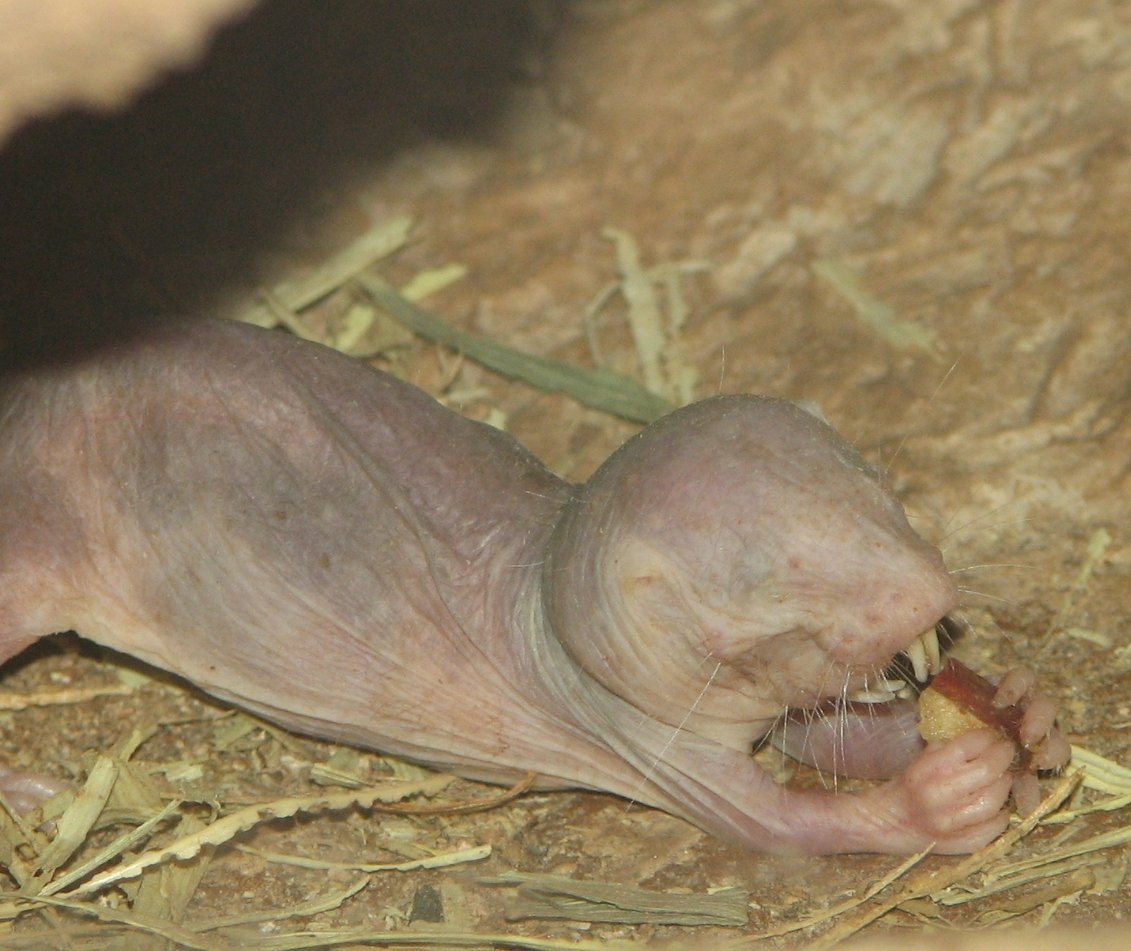
At first glance, the naked mole rat’s appearance is nothing short of shocking. With wrinkled pink skin, protruding buck teeth, and tiny eyes, these rodents look almost alien. Their lack of fur is an adaptation to their underground lifestyle—the stable, warm environment of their tunnels means they don’t need the insulation that fur provides. Their skin, though unprotected, contains specialized proteins that help them avoid dehydration in the arid soil. The large, ever-growing teeth are not just for show; they are powerful tools for digging through hard earth and foraging for food. Even their tiny, nearly blind eyes are perfectly suited for the pitch-black world they inhabit.
Impervious to Pain: Nature’s Living Anesthetic
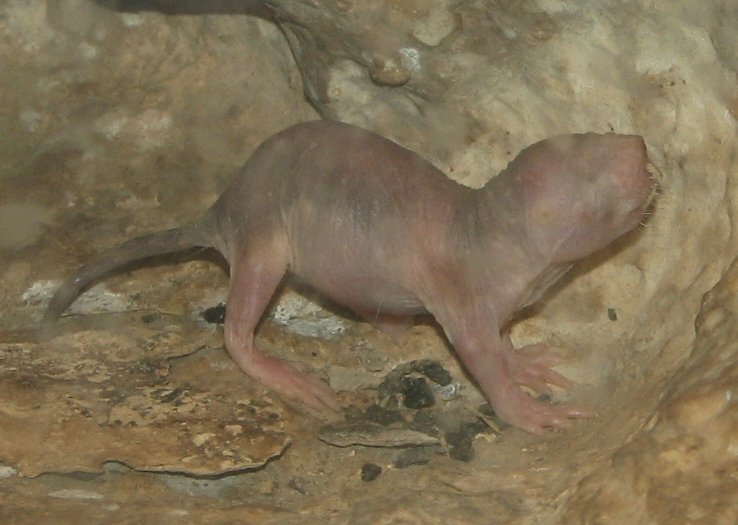
Perhaps the most astonishing feature of the naked mole rat is its near-total resistance to certain kinds of pain. Unlike most mammals, naked mole rats do not feel the burning sting of acid or the irritation of chili peppers. Scientists have discovered that this is due to a unique mutation in their nerve cells that blocks pain signals. This adaptation may have evolved because the high levels of carbon dioxide in their crowded tunnels would otherwise cause constant discomfort. By shutting off these pain signals, naked mole rats can thrive where others would suffer. This extraordinary trait is fueling research into new painkillers for humans, offering hope for those suffering from chronic pain.
Masters of Low Oxygen Survival
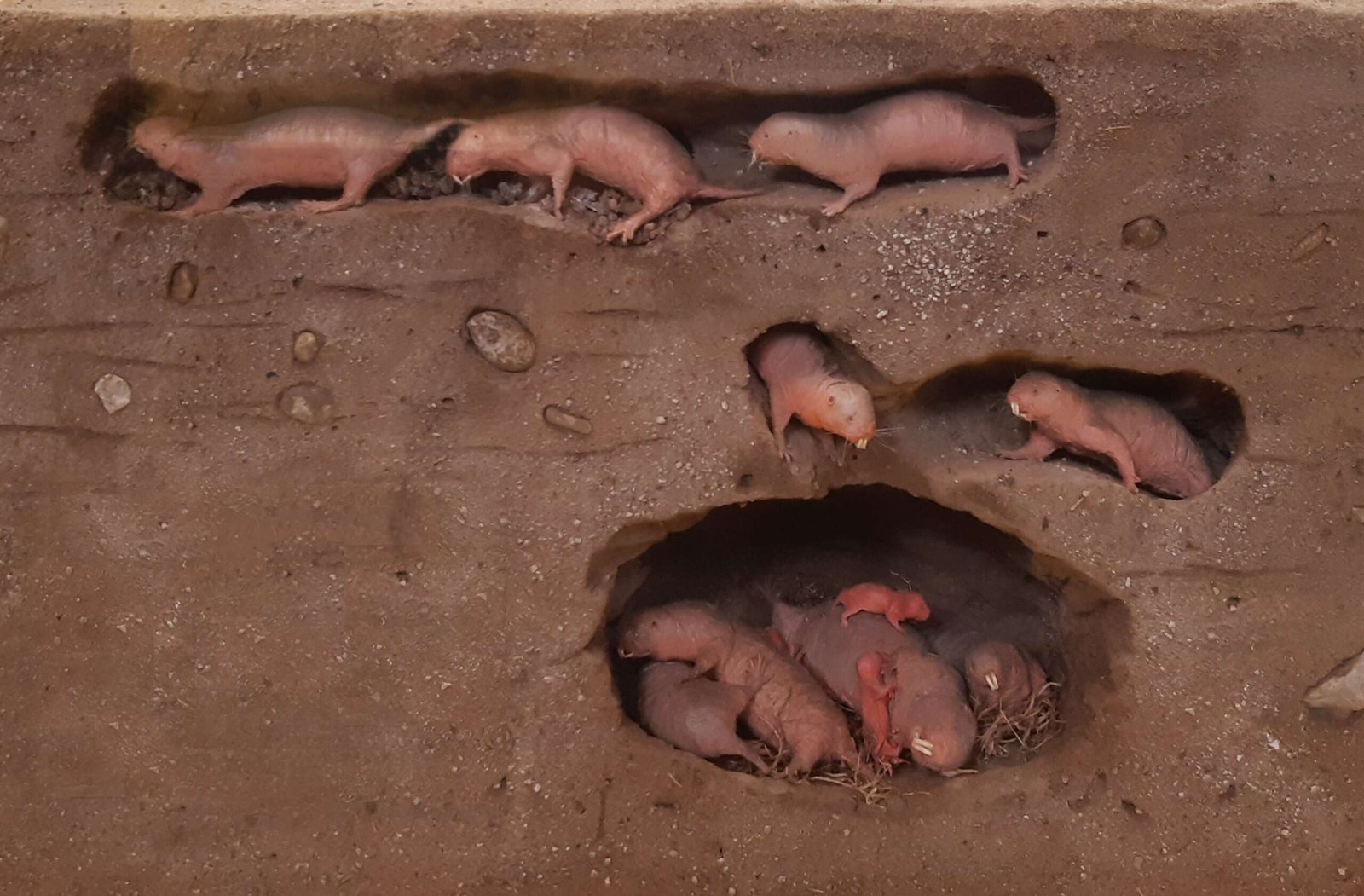
In the suffocating underground tunnels, oxygen is scarce and carbon dioxide often builds up to dangerous levels. Most mammals would quickly lose consciousness or die, but naked mole rats have evolved astonishing adaptations to cope. They can survive with oxygen levels as low as 2%, compared to the 21% found in surface air. When oxygen is especially low, their bodies switch to a metabolism more like that of plants, using fructose instead of glucose to fuel their cells. This remarkable ability allows them to survive without breathing for up to 18 minutes—an ability no other mammal possesses. Scientists are studying these adaptations to learn how we might protect human brains during strokes or heart attacks.
Living Long, Aging Slowly
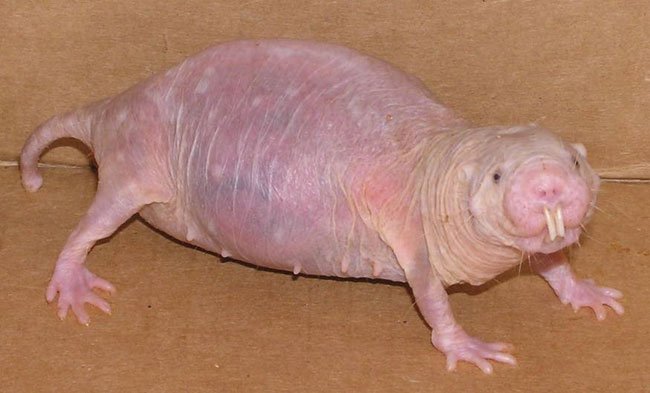
In the animal kingdom, small creatures usually live fast and die young. But naked mole rats defy this rule: they can live for more than 30 years, remaining healthy and active for much of their lives. Unlike other rodents, they show few signs of aging. Their hearts and bones stay strong, their skin doesn’t wrinkle further, and their cancer rates are astonishingly low. Researchers are fascinated by these traits, as they could unlock the secrets to healthy aging in humans. Some scientists even call the naked mole rat “the Methuselah of mammals,” in honor of its longevity.
A Diet of Roots and Bulbs
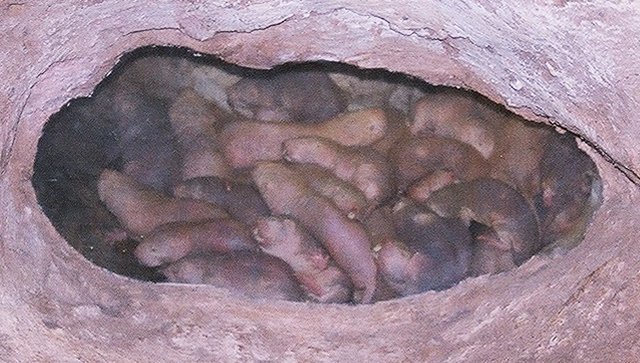
Naked mole rats are strict vegetarians, feasting mainly on underground tubers and roots. These starchy plants can be enormous, sometimes providing a single colony with food for months. Rather than eating a tuber all at once, mole rats nibble from the inside, allowing the plant to continue growing—nature’s version of sustainable harvesting. Their powerful teeth and strong jaws make quick work of tough roots. Despite their limited diet, naked mole rats are masters at extracting every bit of nutrition, recycling their food through a process called coprophagy—eating their own droppings to absorb any leftover nutrients.
Communication in the Darkness
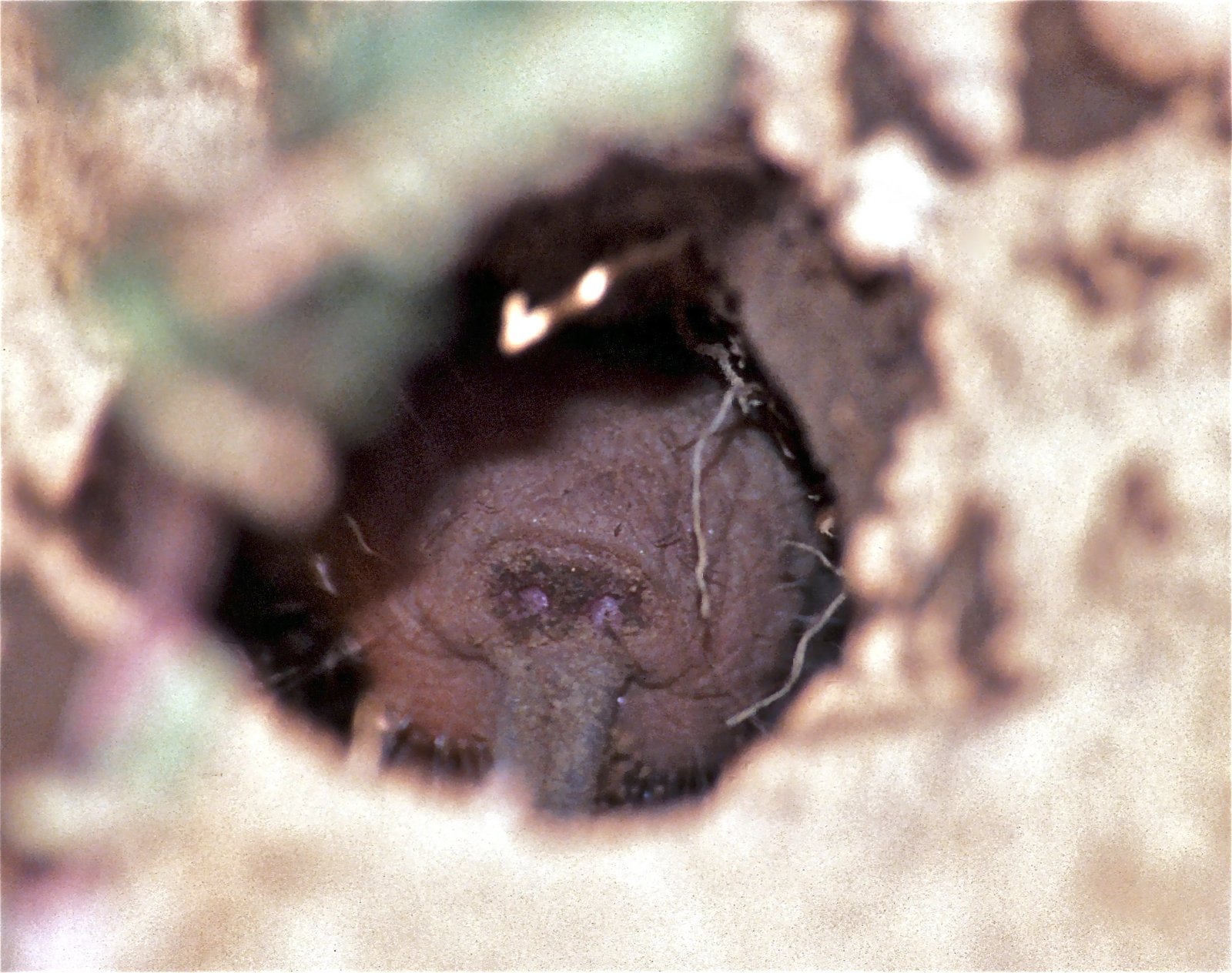
Without light to see, naked mole rats rely heavily on touch, smell, and sound to navigate their world. Colonies are filled with a chorus of chirps, grunts, and squeaks. These sounds help individuals recognize each other and coordinate group activities, like digging or defending the colony. Some researchers believe that each colony has its own unique “dialect,” much like human languages. Their sensitive whiskers and hairs on their feet help them feel their way through the tunnels, while their keen sense of smell allows them to identify friends, foes, and food.
The Queen and Her Court: Reproduction and Hierarchy
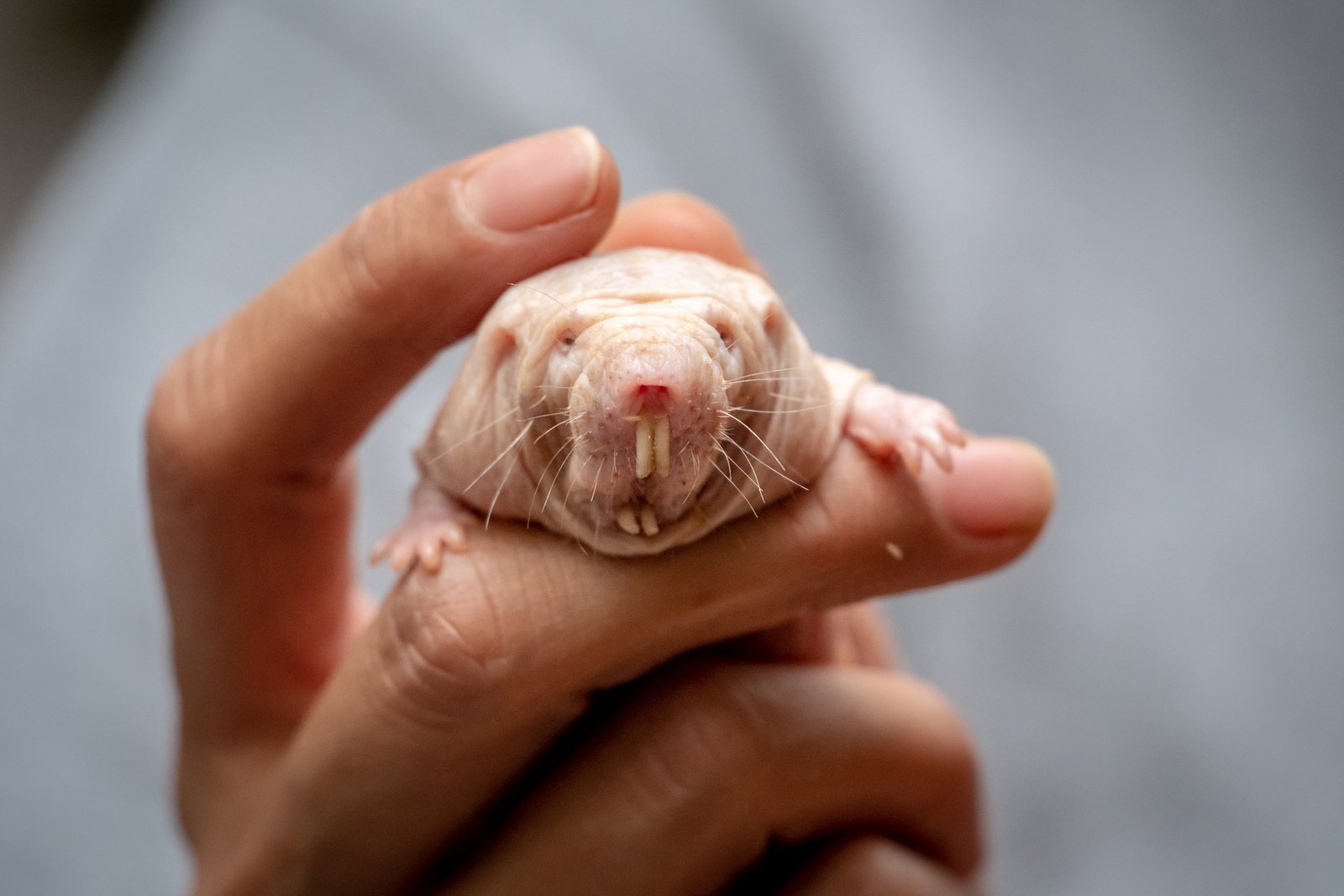
At the heart of every mole rat colony is the queen—a dominant female who reigns supreme. Only she is allowed to breed, while the rest of the females remain infertile, their reproductive systems suppressed by the queen’s presence. The queen mates with a few chosen males, producing large litters several times a year. Her rule is absolute and can be brutal; if she feels threatened, she may attack or even kill rivals. This strict hierarchy keeps the colony organized and prevents chaos. When a queen dies or is deposed, fierce battles erupt as females vie for the throne—a real-life game of thrones beneath the earth.
Defenders of the Colony: Soldiers with a Purpose
Not every naked mole rat is destined for royalty. Many serve as workers, tirelessly digging tunnels and gathering food. Others become soldiers, growing larger and more aggressive to defend the colony from predators like snakes. When danger threatens, soldier mole rats rush to the front lines, baring their teeth and blocking tunnel entrances. Their teamwork is extraordinary—each animal knows its role, and the colony acts as a united force, much like a living organism. This division of labor allows naked mole rat colonies to survive and thrive in one of the world’s harshest environments.
Medical Marvels: Cancer Resistance and Scientific Promise
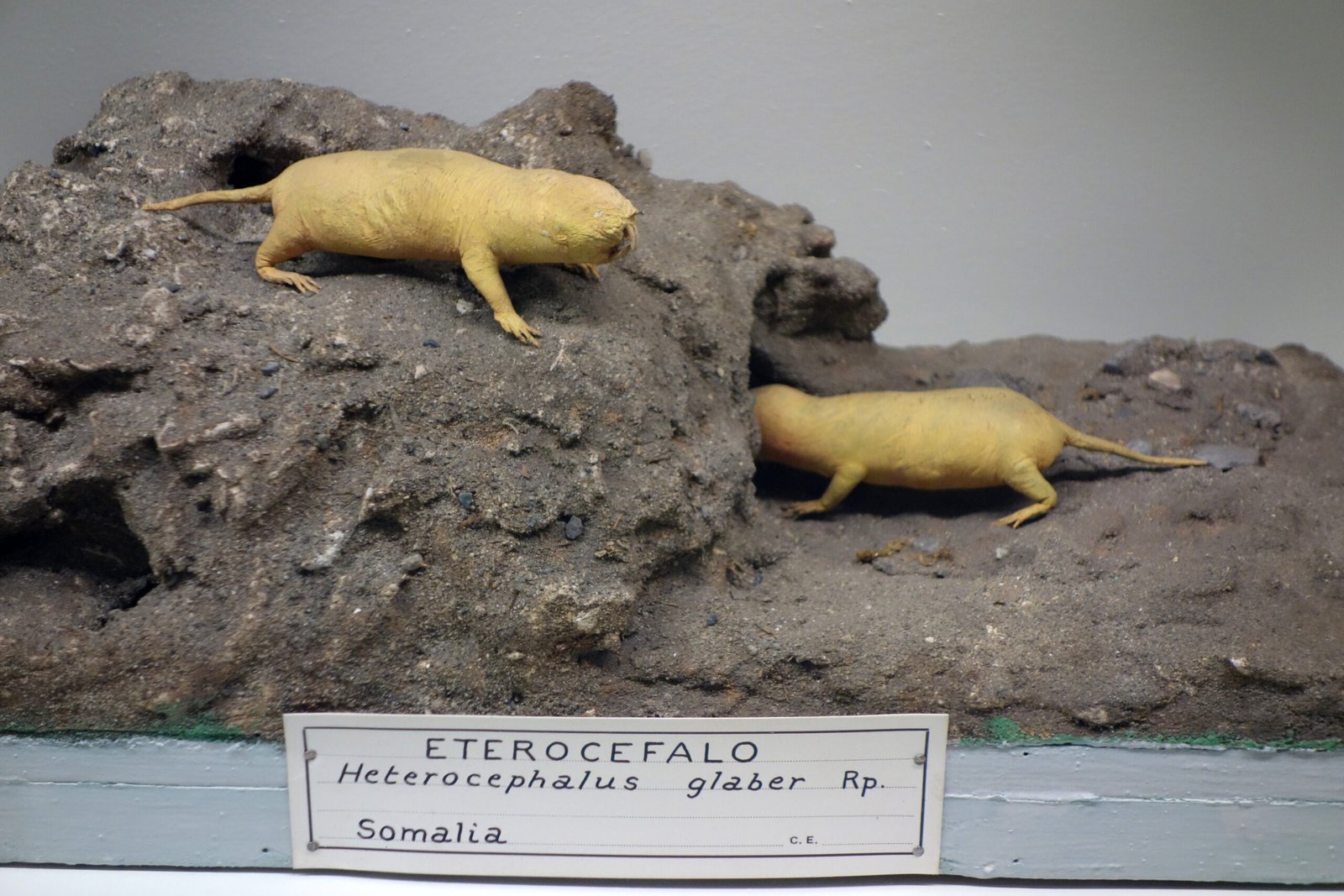
Naked mole rats have astounded scientists with their near-total resistance to cancer. While most rodents develop tumors as they age, naked mole rats seem almost immune. Researchers have identified a special molecule in their bodies—high-molecular-mass hyaluronan—that prevents cells from clumping and forming tumors. This discovery is inspiring new approaches to cancer prevention and treatment in humans. Their pain resistance, longevity, and ability to survive low oxygen are also fueling medical breakthroughs, from better painkillers to new therapies for stroke victims. The naked mole rat, once considered a curiosity, is now a superstar in the world of biomedical research.
The Future of Naked Mole Rat Research
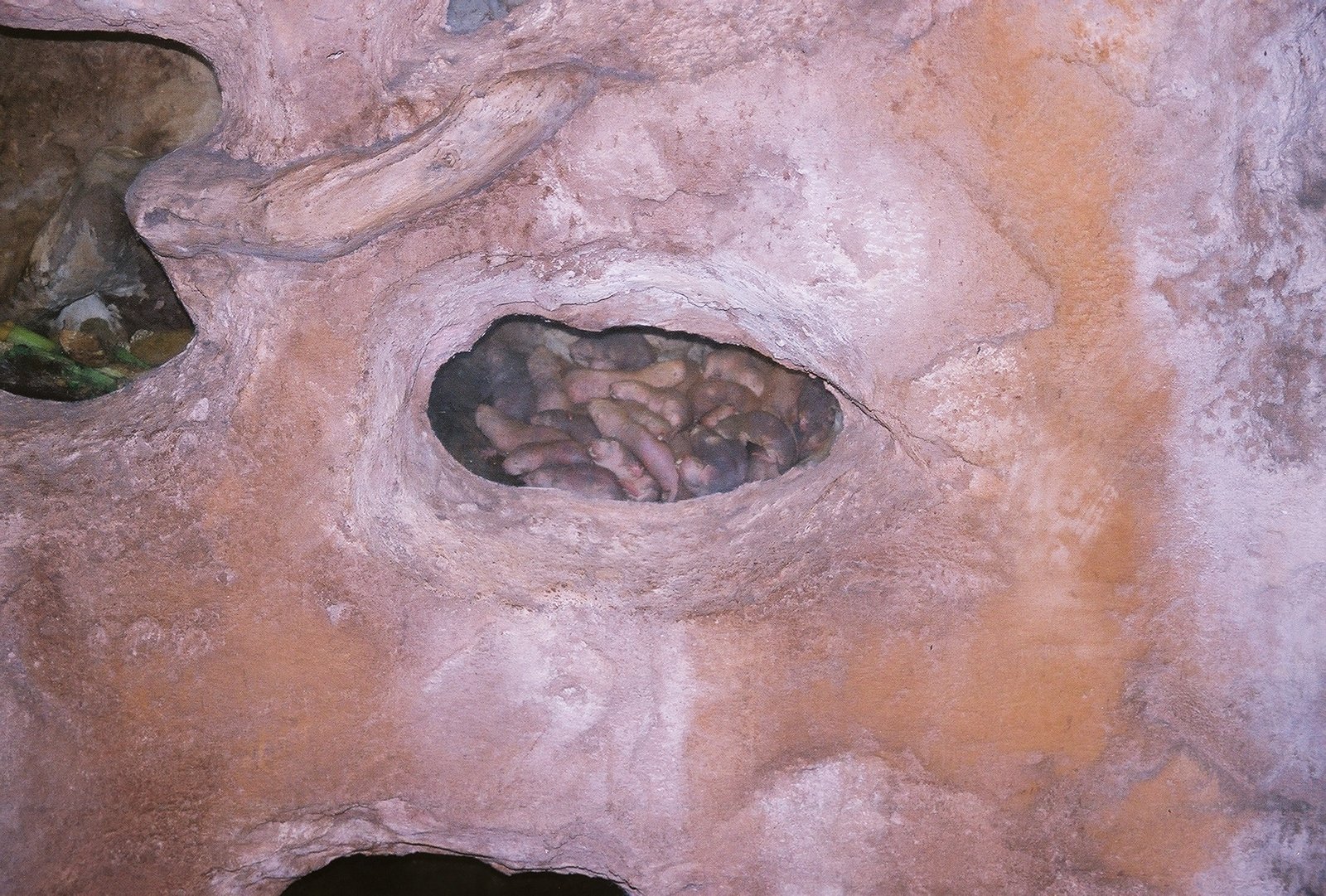
Every year, new discoveries about the naked mole rat make headlines. Scientists are racing to unlock the secrets of their biology, hoping to apply these lessons to human health. Could we one day mimic their resistance to pain, disease, or aging? The answers may be closer than we think. As technology advances, researchers can study naked mole rat DNA, brain function, and social behavior in greater detail than ever before. The more we learn, the more we realize just how much this humble, wrinkled rodent has to teach us about survival, resilience, and the wonders of life itself.
What if the key to healthier, longer lives was hiding beneath our feet all along?




